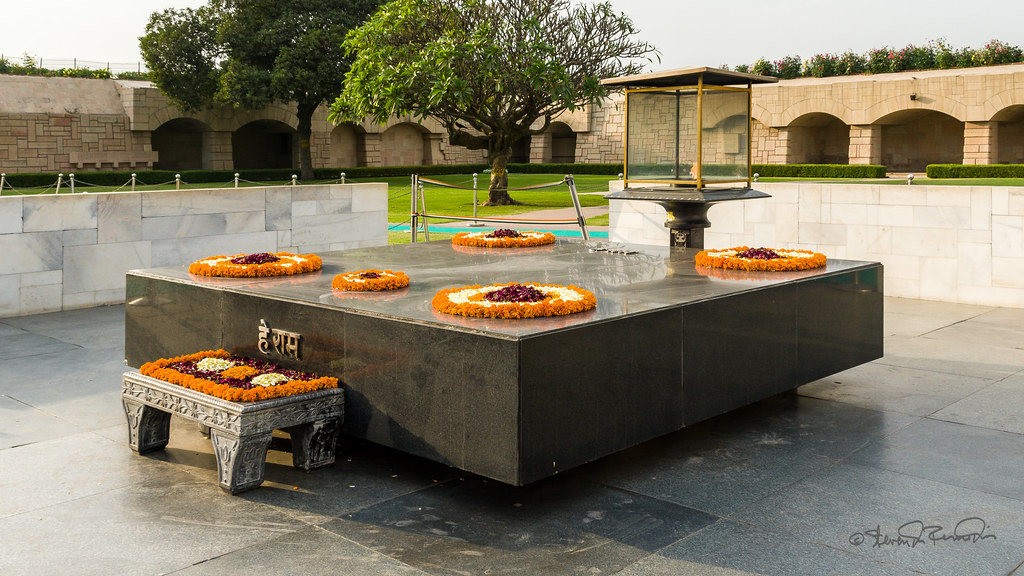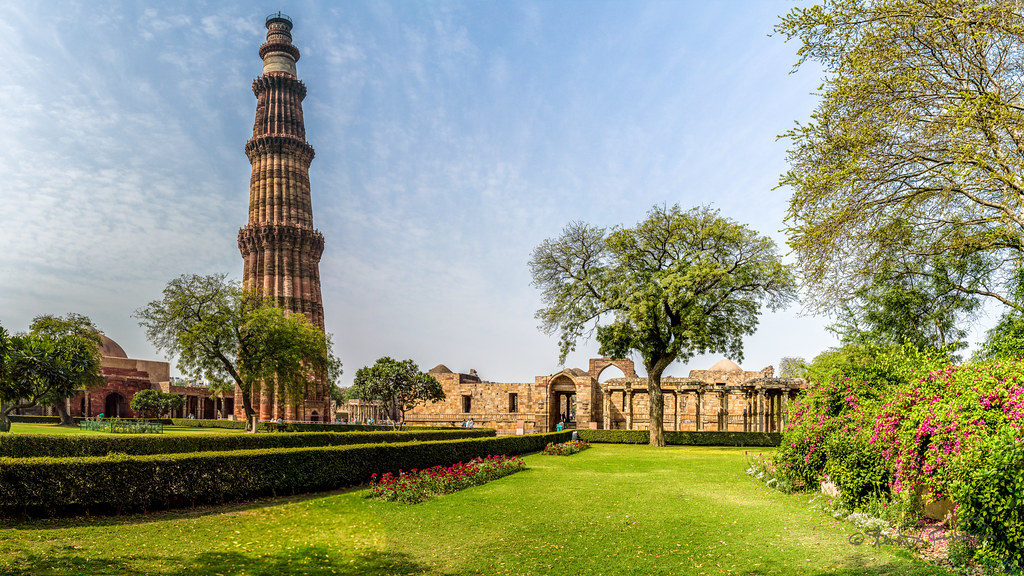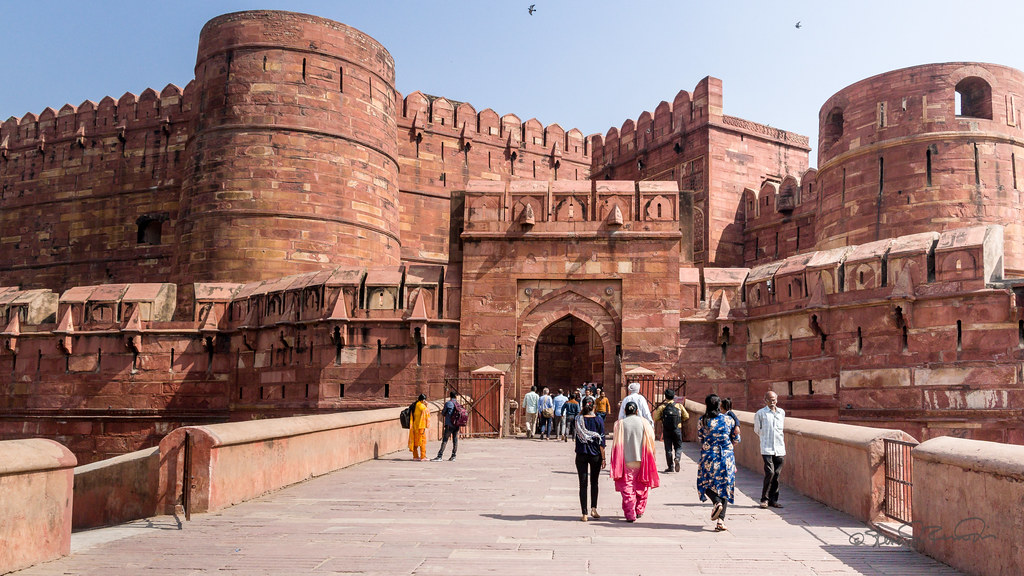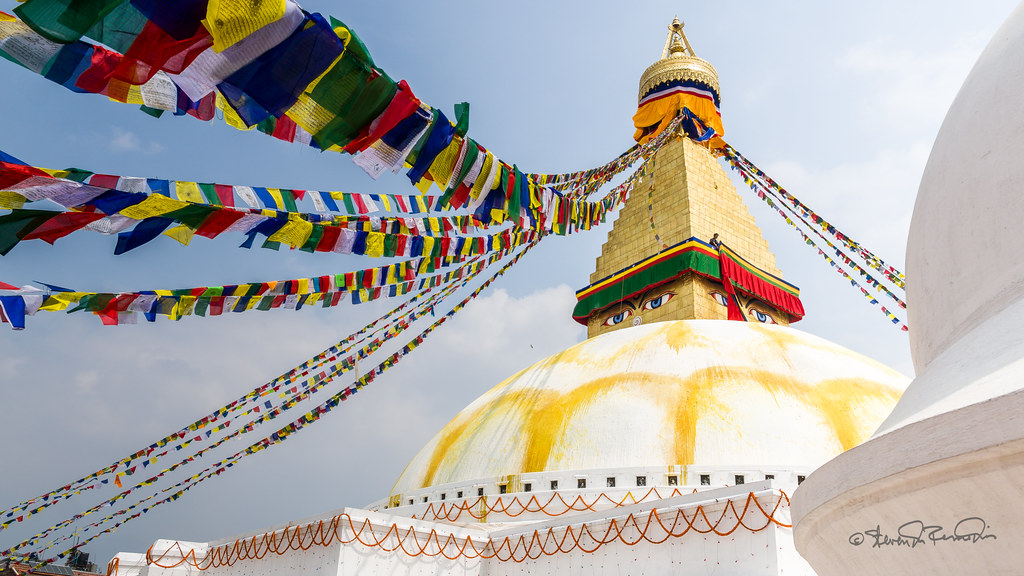Video Slideshow
March found us on an adventure on OAT's Heart of India tour and extension to Nepal. We got to participate in activities we never imagined we might.
Delhi
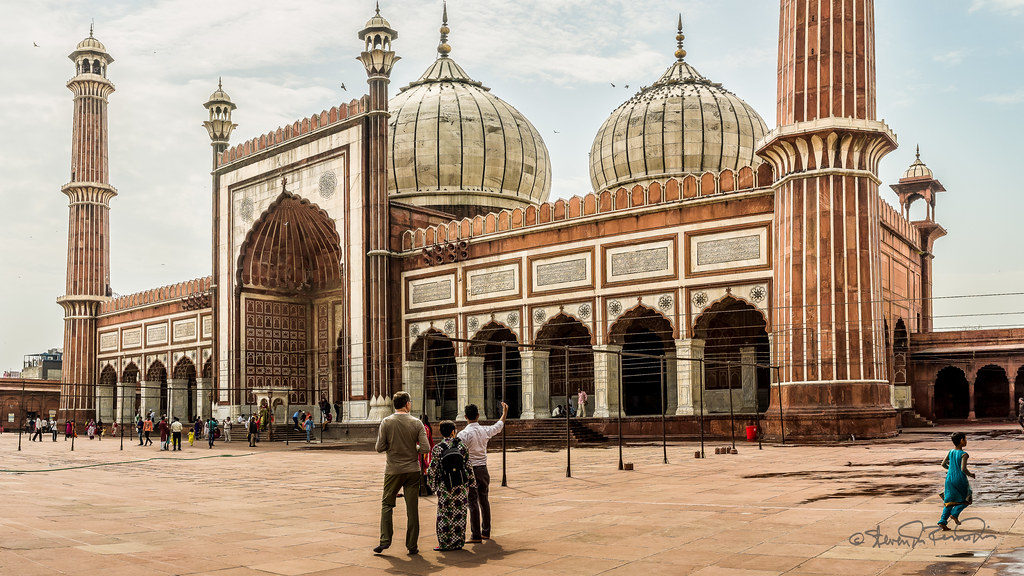
New Delhi is the capital of India and one of Delhi city's 11 districts.
We had an opportunity to participate in a Woman's Day celebration at India Gate; and Sylvia helped to feed the hungry at a Sikh temple.
Through the centuries, eight cities have been built on this site by Hindu, Mughal, and British rulers with each adding their own flavor. In the old part of Delhi, we visited Raj Ghat, a beautifully serene monument where Mahatma Gandhi was cremated, and we saw an impressive shrine to India's best-known statesman.
Next, after visiting the Jama Masjid, the largest mosque in India, we took a ride by rickshaw through the crowded lanes of the Chandni Chowk bazaar.
In New Delhi we explored Qutab Minar, a spectacular example of Indo-Islamic architecture topped by a 234-foot-high tower. Begun in the twelfth century, this is now a UNESCO World Heritage Site and the symbol of New Delhi.
Jaipur
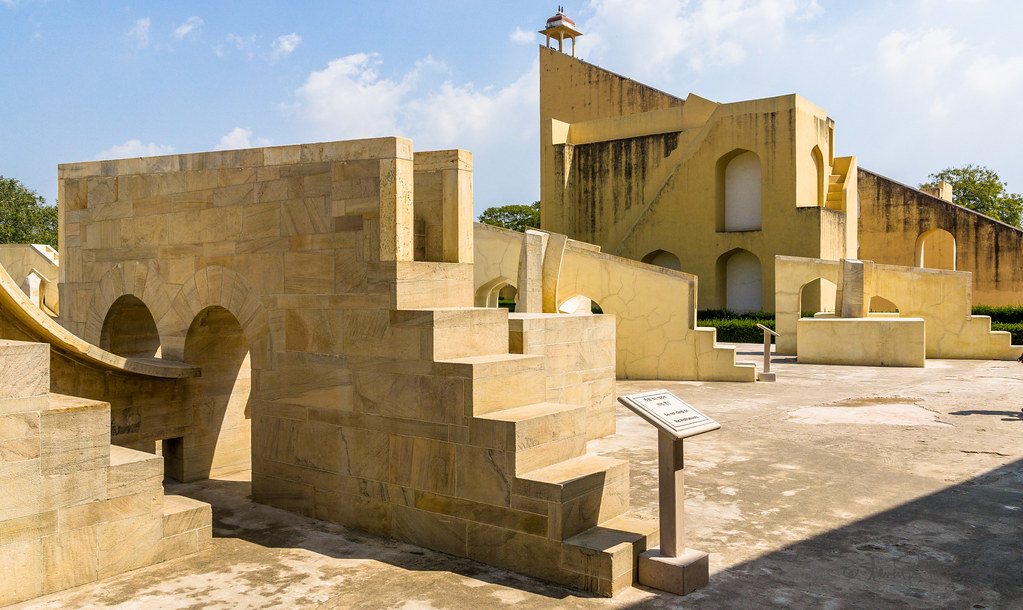
Jaipur is the capital and largest city (in terms of size) of the Indian state of Rajasthan in Northern India.
I've had a long-time desire to see the astronomical site Jantar Mantar in Jaipur and I was not disappointed. Immense sundials and astrological tools have been meticulously restored and maintained there. The giant sundials here are still accurate to two-tenths of a second.
Then we went on to the City Palace Museum, filled with an array of textiles, arms, carpets, paintings, and manuscripts.
The "Pink City" has several other historical sites like the Moon Palace.
Ranthambore

It is home to the Ranthambore National Park which includes the historic Ranthambore Fort, a UNESCO World Heritage Site.

The next day included two game drives into Ranthambore National Park which is one of the eleven sites chosen for India's national tiger conservation program, the largest such effort in the world. The park is comprised of more than a hundred square miles of deciduous forest and several large lakes, and until 1970 it was a hunting preserve of the Maharajas.
Agra
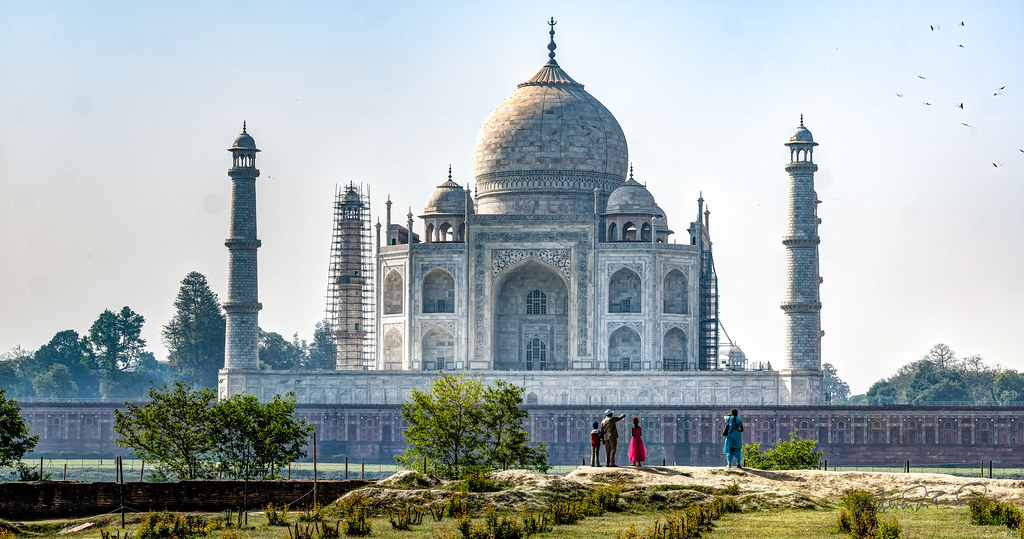
Agra is a major tourist destination because of its many splendid Mughal-era buildings, most notably the Taj Mahal and Agra Fort, both of which are UNESCO World Heritage Sites.
This grand edifice, built by Shah Jahan from 1631 to 1653 to enshrine the remains of his Queen Mumtaz Mahal, took 20,000 workers to build. The semi-translucent white marble is inlaid with thousands of semi-precious stones in beautiful patterns and the building has four identical facades, a perfect exercise in symmetry. It's truly a wonder of the world!
The Agra Fort on the bank of the Yamuna River is another architectural wonder. This immense fort and palace were the seat of power for four generations of Mughal emperors; they ruled all of northern India from the early 16th century until the consolidation by British colonial rule in the early 1800s. Agra Fort's architecture is a fusion between military might and lavish beauty.
Khajuraho
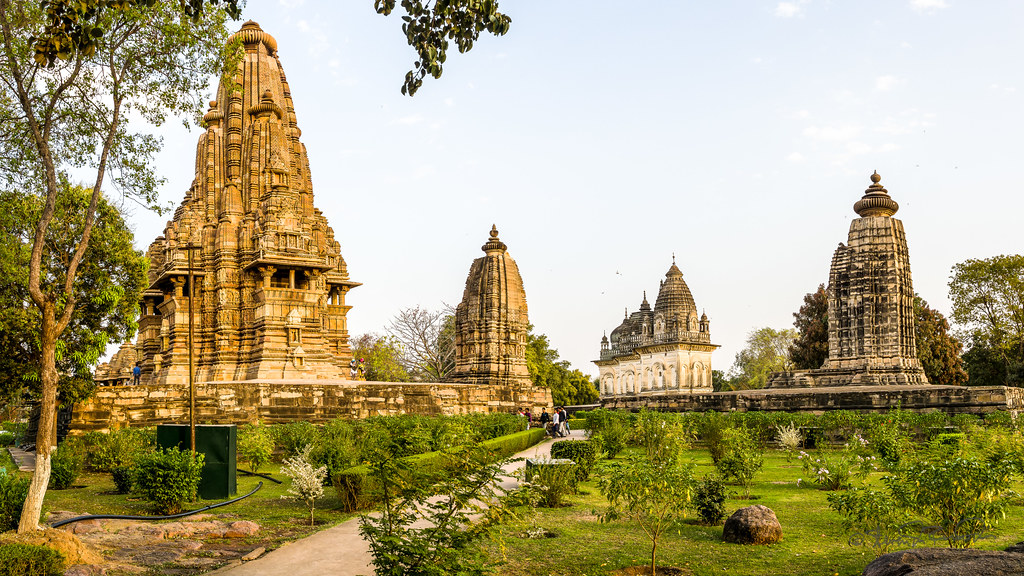
The Khajuraho monuments are a group of Hindu and Jain temples in Madhya Pradesh, India, about 175 kilometers (109 mi) southeast of Jhansi. They are one of the UNESCO World Heritage Sites in India.
In the tenth century Khajuraho was the center of the thriving civilization of the Chandelas. The magnificent group of temples (a UNESCO World Heritage Site) was built between the ninth and tenth centuries by the Chandela Dynasty, which dominated Central India at the time. The erotic stone carvings here have come to symbolize the important role of love and prana energy in Hindu thought. British archaeologists excavated these intricate stone carvings during colonial times, when they scandalized post-Victorian English sensibilities.
Varanasi
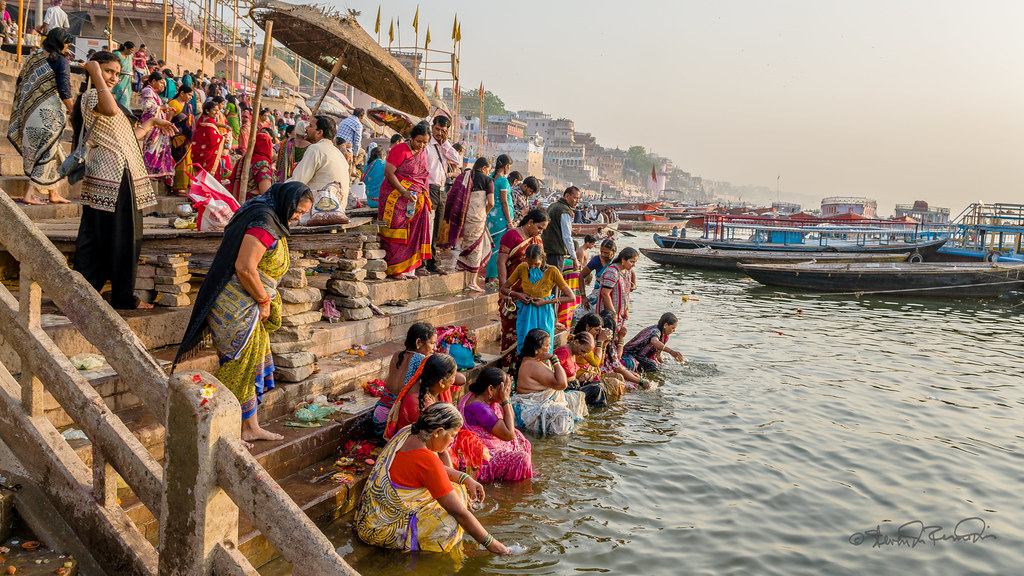
The spiritual capital of India, it is the holiest of the seven sacred cities (Sapta Puri) in Hinduism and Jainism, and played an important role in the development of Buddhism.

Known as Benares during British times, Varanasi is one of the oldest cities in the world, with a written history dating back more than 4,000 years. It has an intense atmosphere of spiritual devotion, a feeling of an unending religious festival. Hundreds of temples honor the thousands of deities in the Hindu pantheon. Pilgrims from every part of this vast nation crowd the narrow streets and the riverside ghats. As the day came to a close, we traveled to the bathing ghats located alongside the sacred River Ganges. People flock in large numbers every day to bathe and worship in the temples built beside the riverbank. You can feel the timelessness of Varanasi as the sun sets and as the temple priests perform aarti, the sacred light ceremony, on the banks of Mother Ganga.

Early the next morning, we boarded a small boat for a cruise on the Ganges. From our boat we were witness to the everyday life in the holiest of cities, as the people arrive at the ghats to take a ritual dip, perform yoga asanas, wash clothes and offer flowers and incense to the river. We saw devotees performing their daily religious rites. At stone steps on the river's edge, we join our hosts in a pilgrimage: for them, the heart of their faith, for us, a superlative cultural experience.
Kathmandu

Kathmandu is the capital city of the Federal Democratic Republic of Nepal, the largest Himalayan state in Asia.
We took a flight to Everest, known in Nepal as Sagarmatha or "Goddess of the Sky." Avid climbers call this mountain "the ultimate climb," and with its astounding summit height of 29,029 feet above sea level, Mount Everest earns the title of the tallest peak on Earth. Rising majestically out of the Himalayan range, its snowy peak and intricate geography offer us breathtaking views from the air.
Like Mecca is to Muslims, Boudhanath Stupa, standing 36 meters high, is the main pilgrimage site for Tibetan Buddhists. Tens of thousands of pilgrims make the journey each year. The temple's hemispherical dome represents the emptiness from which everything begins; rising above the dome, the harmika shines the Buddha's eyes in four directions that symbolize his total awareness. When Tibetan refugees entered Nepal, they settled around the Boudhanath Stupa, creating a small village that elicits the holy atmosphere of Tibet's sacred city, Lhasa.
Kirtipur

Kirtipur's history dates from 1099 A.D. It was part of the territory of Lalitpur at the time of the invasion of the Kathmandu Valley by the Gorkhali king Prithvi Narayan Shah in the 18th century.
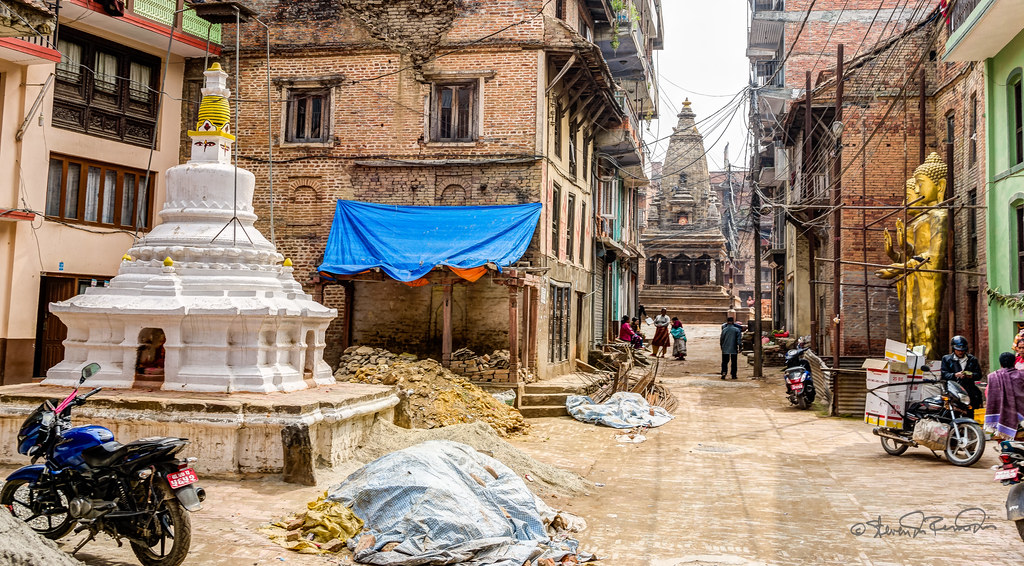
Kirtipur, is an ancient city about 3 miles southwest of Kathmandu. The city is filled with labyrinthine brick and stone streets, many of which are dotted with medieval temples but times in the "City of Glory" were not always so peaceful. Due to Kirtipur's strategic position, Gorkha king Prithvi Narayan Shah made it his first priority to capture the city during his 1767 conquest of the Kathmandu Valley. After two attacks and a six-month siege, the king took Kirtipur, and tragically ordered his troops to cut off the noses and lips of every male in the city.
Patan
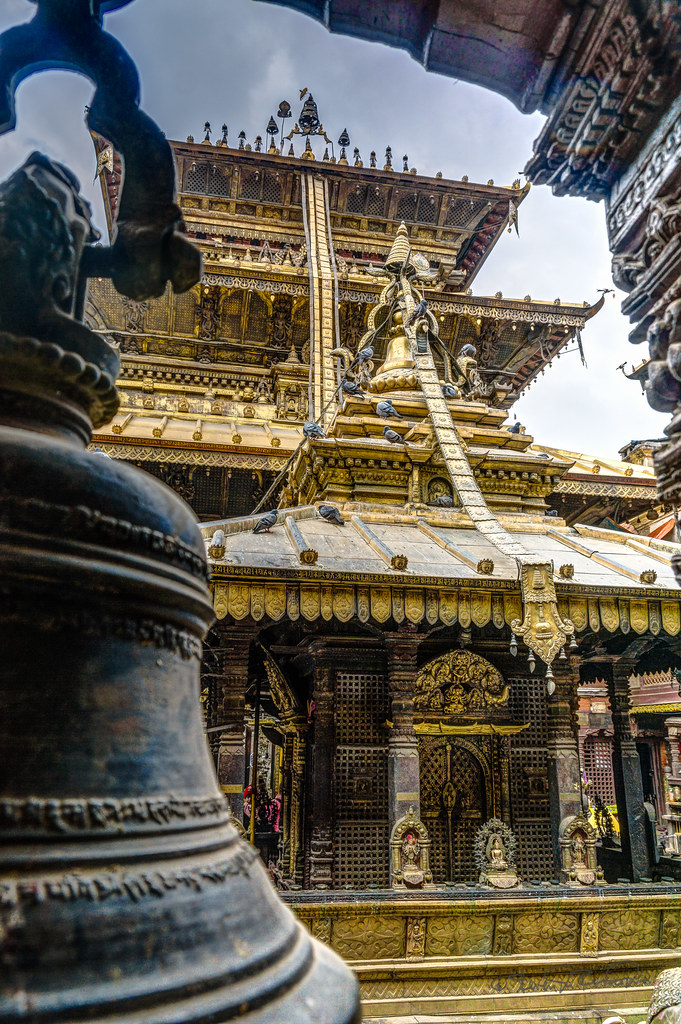
Patan is best known for its rich cultural heritage, particularly its tradition of arts and crafts. It is called city of festival and feast, fine ancient art, making of metallic and stone carving statue.
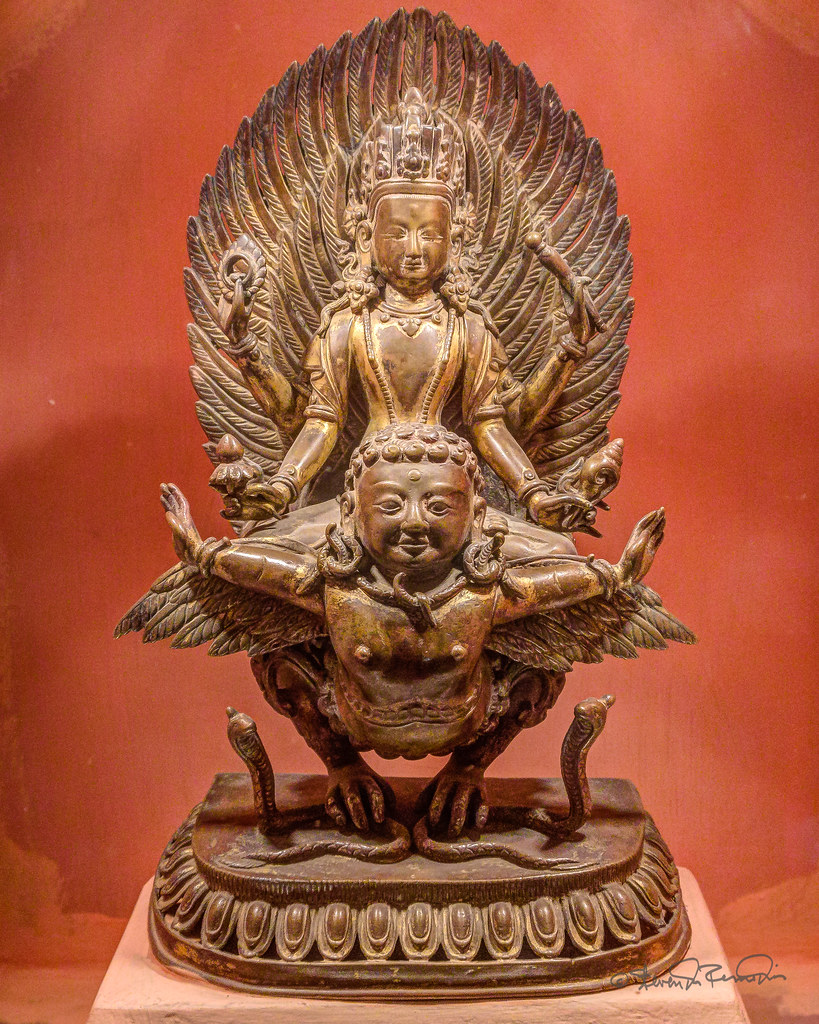
Patan was developed on relatively thin layers of deposited clay and gravel in the central part of a dried ancient lake known as Nagdaha. The city was designed in the shape of the Buddhist Dharma-Chakra (Wheel of Righteousness). The four thurs, or mounds, located on the perimeter of Patan are known as the Ashoka Stupas, named for Emperor Ashoka who visited Kathmandu with his daughter, Charumati, in 250 BC and erected the five stupas. These mounds are joined by more than 1,200 Buddhist and Hindu monuments of various shapes and sizes located throughout the city. Patan is known for its art and artisans; the region has produced the most artists and finest craftsmen in Nepali history, and their devotional artwork gives us stunning displays of Nepal's fused cultures.
Bhaktapur

Bhaktapur was the largest of the three Newar kingdoms of the Kathmandu Valley, and was the capital of Nepal during the great 'Malla Kingdom' until the second half of the 15th century.
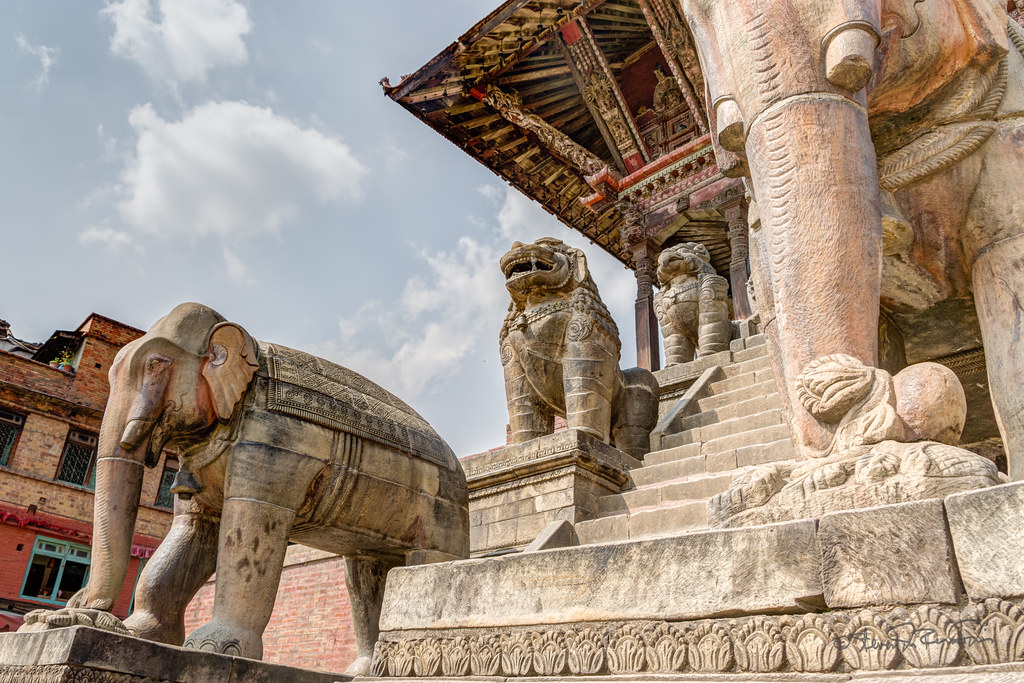
The "City of Devotees," Bhaktapur is a UNESCO World Heritage Site spanning four square miles. With its historic Durbar Square, ancient courtyards, and holy temples, the city was the crown jewel of the Malla Empire 700 years ago.
Today it is the third largest city in the Kathmandu Valley, with a population of more than 80,000, of which the vast majority are still Newars.


